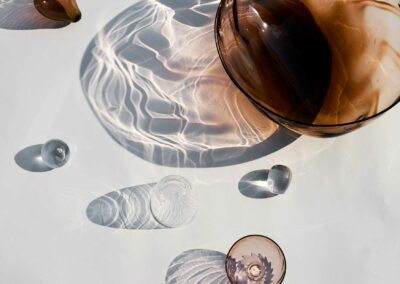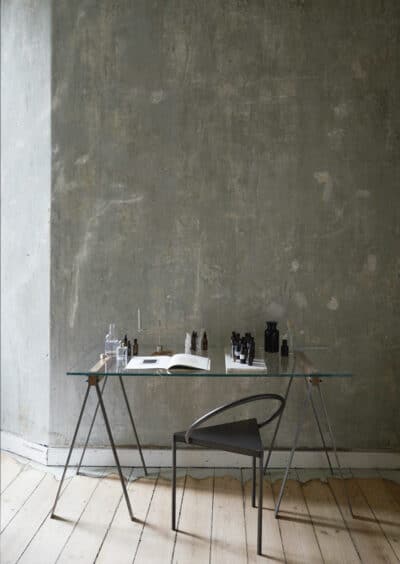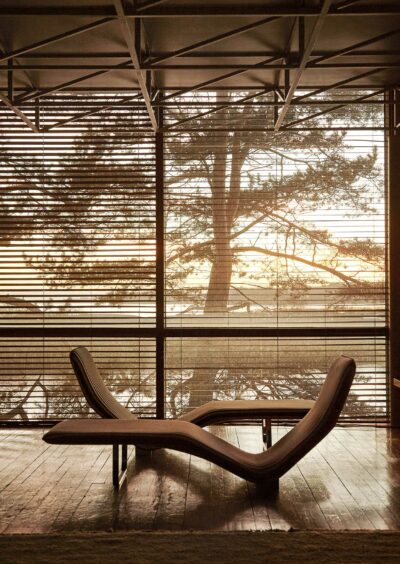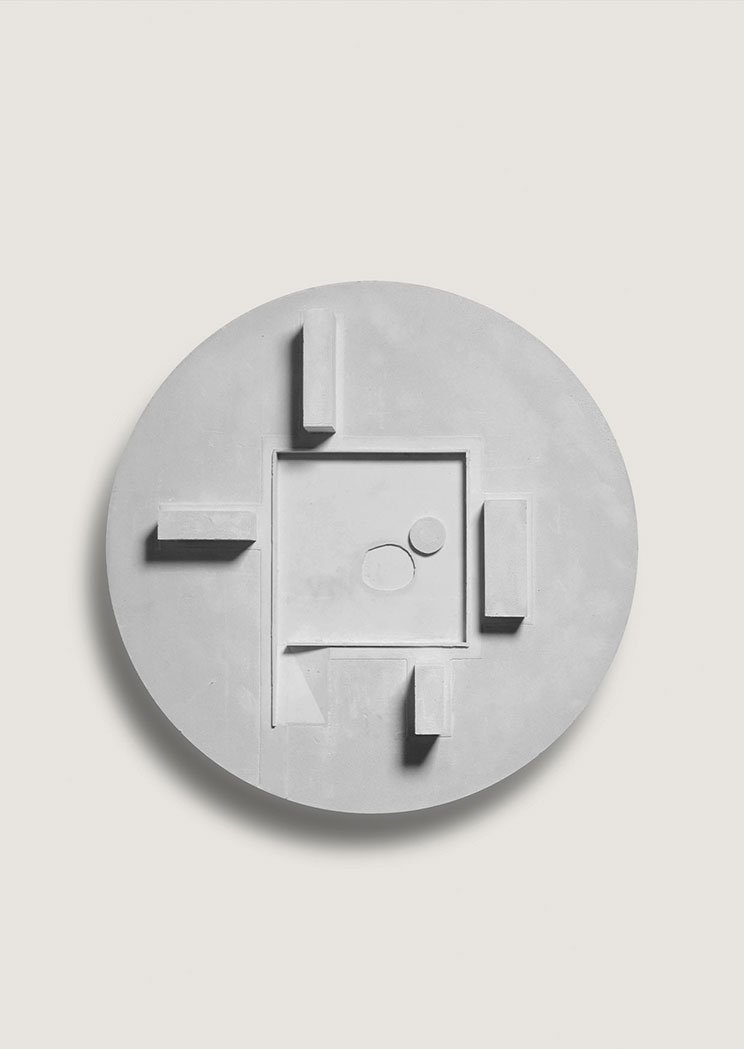
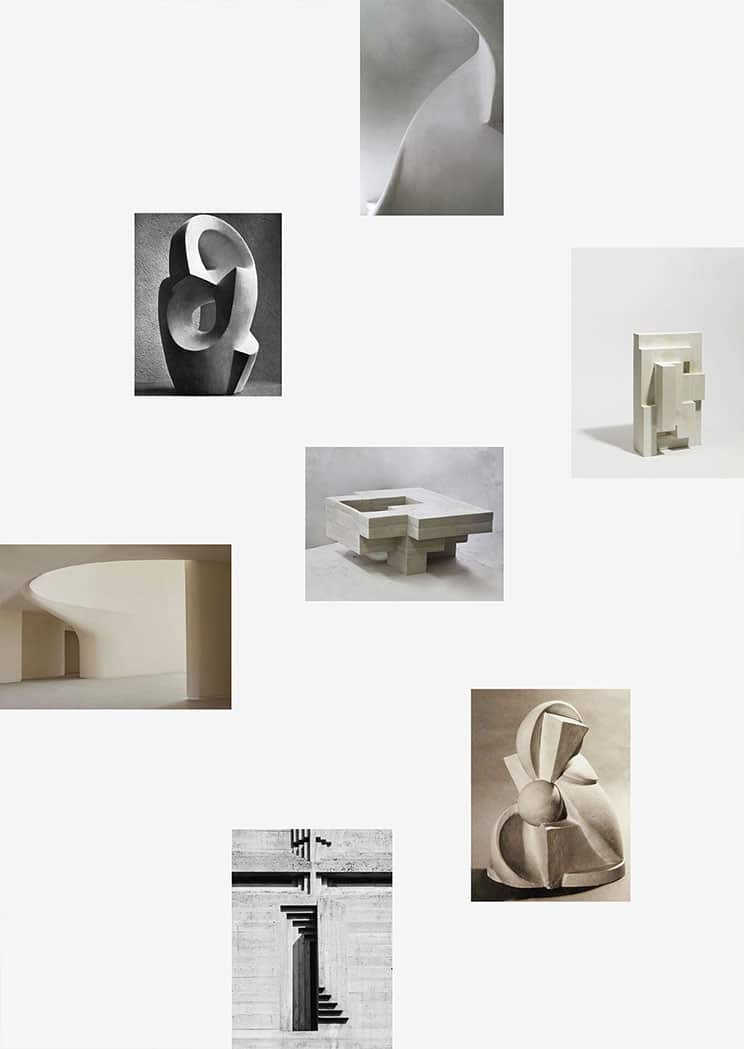
CREATIVE CAST
— PORTFOLIO
Architecture
Cast architectural models inhabit the fine line between art and architecture. Welcomed into homes as if they are sculptures, these once functional objects exist somewhere between inconclusiveness and completeness, and reach into our unconscious to provoke a multitude of interpretations. Does it have purpose? What does it represent? What is its scale? How was it made?
The enigma of cast objects, in particular scale models, has fascinated artists, craftsmen and collectors for centuries. Concrete or plaster casting has long been compared with archaeology or geology: Le Corbusier famously lined the formwork of his béton brut buildings with shells; Constantin Brâncuși, described the unconscious and archaeological dialogue between mould and cast.
To cast literally means to throw. To send something (forcefully) in a specified direction, but with an uncertain conclusion. The art of the craft lies more with designing what will not be there, than what will. It is the alchemical process of casting that transforms them from object to artefact.
Enjoy this meditation on moulds and casting by Justine Bell in Ark Journal VOL IV.
IMAGE (TOP) MARY DUGGAN ARCHITECTS, CAMPUS, plaster model 1:500
THROUGH A GLASS SOFTLY
Creating the right atmosphere brings all senses into play. Nina Nørgaard makes mouth-blown glasses that feel soft on your lips and age graciously.
A sense of scent
Smell can evoke an emotion or a memory. It affects the subconscious less directly than taste, but much more profoundly, says scent developer Lena Norling.
THE ONE AND ONLY VUOKKO
On a crystal clear winter’s day, Ark Journal visited the living legend, Vuokko Eskolin-Nurmesniemi.

CREATIVE CAST — PORTFOLIO
Architecture
Cast architectural models inhabit the fine line between art and architecture. Welcomed into homes as if they are sculptures, these once functional objects exist somewhere between inconclusiveness and completeness, and reach into our unconscious to provoke a multitude of interpretations. Does it have purpose? What does it represent? What is its scale? How was it made?
The enigma of cast objects, in particular scale models, has fascinated artists, craftsmen and collectors for centuries. Concrete or plaster casting has long been compared with archaeology or geology: Le Corbusier famously lined the formwork of his béton brut buildings with shells; Constantin Brâncuși, described the unconscious and archaeological dialogue between mould and cast.
To cast literally means to throw. To send something (forcefully) in a specified direction, but with an uncertain conclusion. The art of the craft lies more with designing what will not be there, than what will. It is the alchemical process of casting that transforms them from object to artefact.
Enjoy this meditation on moulds and casting by Justine Bell in Ark Journal VOL IV.
IMAGE (TOP) MARY DUGGAN ARCHITECTS, CAMPUS, plaster model 1:500

